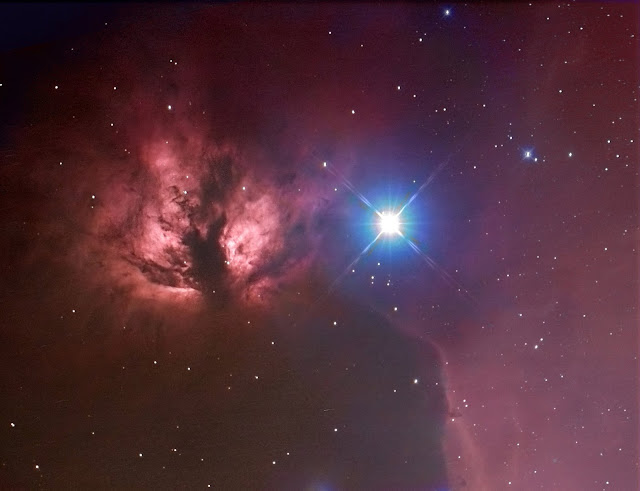NGC7000 in narrowband with the Hubble palette
Here we have the wall section of the North American nebula, a star forming region in the consellation of Cygnus the swan. I captured five minute sub frames with matching dark frames and combinded them with flat field frames to reduce the effect of vignetting in the final image. I was using my ten inch F 4.8 reflector, a Vixen Atlux mount, PHD auto guiding and an Atik 383L mono CCD camera. The filters was a set of Astronomik SII, OIII and H Alpha narrowband filters with total exposure times of 40 minutes for each filter.
IC443 The Jellyfish nebula with the Hubble palette
This lies in the consellation of Gemini the twins. I was using my Ten inch reflector, a Vixen Atlux mount, PHD auto guiding and an Atik 383L mono CCD camera. I captured five minute sub frames with matching dark frames and combined them with flat field frames to reduce the effect of vignetting in thr final image. I was also using narrowband filters Astronomik SII, OIII and H Alpha filters with total exposure times of 30 minutes for each filter.
































